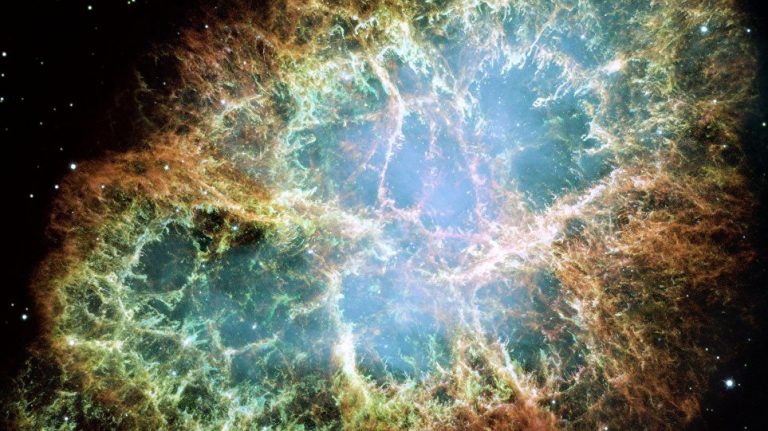When the brightness of the star Betelgeuse dropped dramatically a few months ago, some observers suspected an impending supernova—a stellar explosion that could also cause damage on Earth. While Betelgeuse has returned to normal, physicists from the Technical University of Munich (TUM) have found evidence of a supernova that exploded near the Earth around 2.5 million years ago.
The life of stars with a mass more than ten times that of our sun ends in a supernova, a colossal stellar explosion. This explosion leads to the formation of iron, manganese and other heavy elements.
In layers of a manganese crust that are around two and a half million years old a research team led by physicists from the Technical University of Munich has now confirmed the existence of both iron-60 and manganese-53.
“The increased concentrations of manganese-53 can be taken as the “smoking gun”—the ultimate proof that this supernova really did take place,” says first author Dr. Gunther Korschinek.
Turkey to test S-400 air defense system October 5-16, official correspondence reveals
Two shocking videos of allegedly Azeri Air Force An-2s shot down in broad daylight (videos) (Upd.)
Read more: phys.org
Ask me anything
Explore related questions





